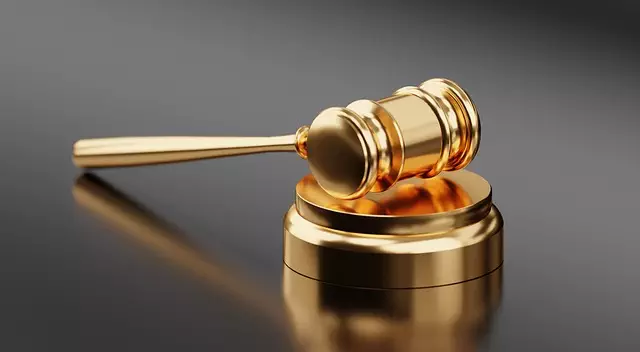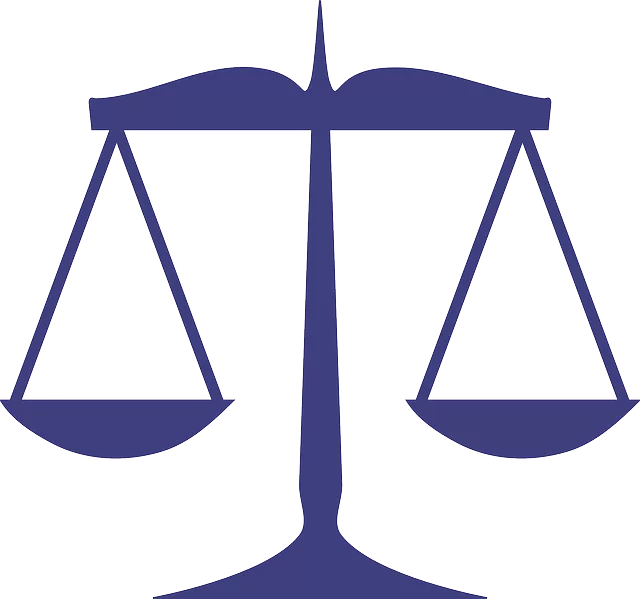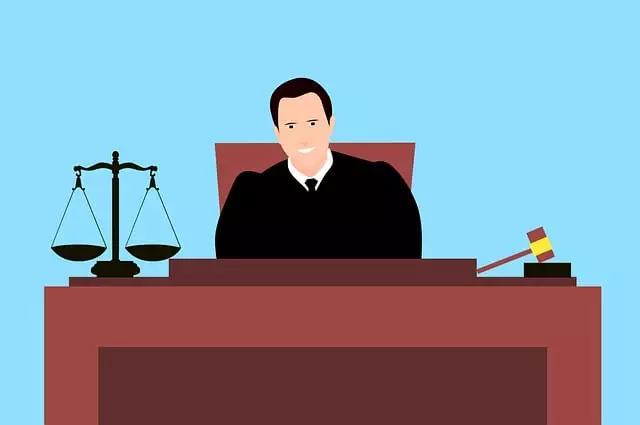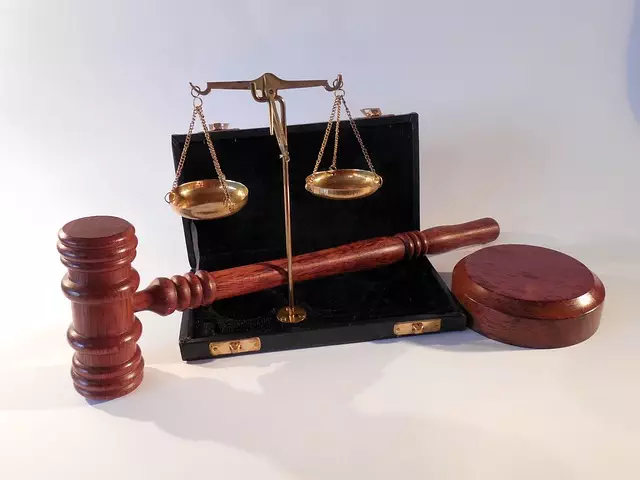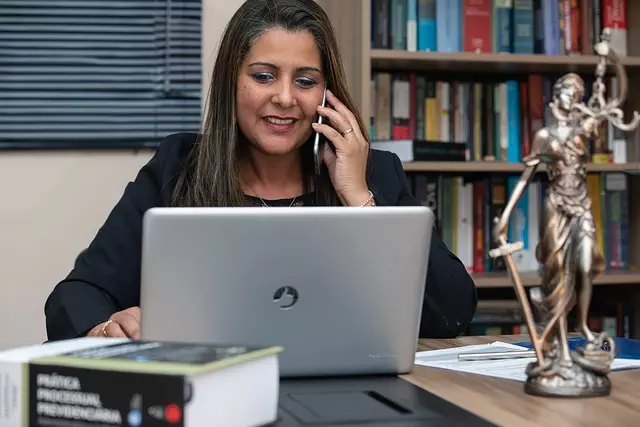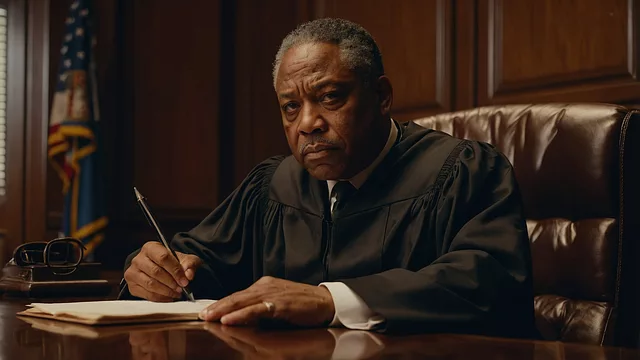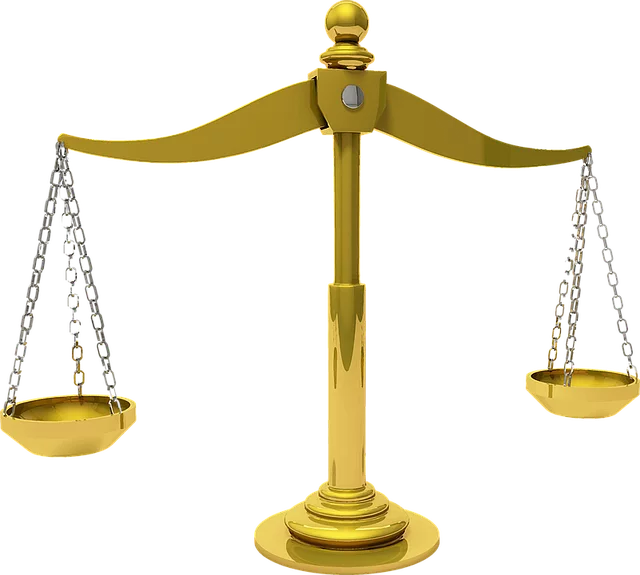Category: Denver Colorado Slip and Fall Accidents
Denver Colorado Slip and Fall Accidents: Navigating the Complexities and Shaping a Safer Future
Introduction
In the bustling metropolis of Denver, Colorado, an often-overlooked yet critical aspect of urban safety surfaces: slip and fall accidents. These incidents, seemingly mundane, can have profound implications for individuals, businesses, and the community at large. This comprehensive article delves into the intricacies of Denver’s slip and fall landscape, exploring its definitions, global context, economic impacts, technological innovations, regulatory frameworks, challenges, and the inspiring stories of successful interventions. By understanding these various facets, we can better navigate the complexities, enhance safety measures, and contribute to a more secure urban environment in Denver and beyond.
Understanding Denver Colorado Slip and Fall Accidents: A Comprehensive Overview
Definition: Slip and fall accidents, or slip-and-falls, refer to incidents where an individual slips, trips, or falls due to a loss of balance, often caused by hazardous conditions on public or private property. In Denver, these accidents are a prevalent concern, given the city’s vibrant yet diverse urban landscape.
Core Components:
- Hazardous Conditions: These include slippery surfaces (e.g., wet floors), uneven terrain, poor lighting, loose flooring, obstructed views, and inadequate handrails.
- Loss of Balance: The primary trigger for slip-and-fall accidents, often resulting from unexpected changes in surface conditions or obstacles.
- Injury: Consequential harm can range from minor scrapes and bruises to severe fractures, head traumas, and soft tissue damage.
Historical Context:
Slip and fall incidents have been a part of human interaction with physical spaces since ancient times. However, the modern context in Denver is shaped by factors such as rapid urbanization, aging infrastructure, and the unique challenges posed by Colorado’s mountainous terrain. Over time, legal precedents and safety regulations have evolved to address these issues, leading to more responsible property management and improved public awareness.
Significance:
- Public Safety: Slip and fall accidents represent a significant risk to the well-being of Denver residents, workers, and visitors.
- Legal Implications: They often lead to personal injury lawsuits, with property owners and businesses facing potential financial burdens and liability issues.
- Economic Impact: These incidents can disrupt businesses, cause loss of productivity, and increase insurance premiums, affecting various sectors in the city’s economy.
Global Impact and Trends: A Worldwide Concern
Slip and fall accidents are a universal phenomenon, with variations in incidence rates and severity across different countries and regions. Denver’s experiences reflect broader global trends:
- North America: The United States, including Colorado, has seen consistent reports of slip and fall injuries, with older adults and commercial properties at higher risk.
- Europe: Countries like the UK and Germany have implemented stringent safety regulations, leading to improved reporting and prevention strategies.
- Asia: Japan and South Korea have developed innovative technologies for surface treatment and monitoring, enhancing indoor and outdoor safety.
- Emerging Markets: Rapid urbanization in Brazil and India poses unique challenges, with infrastructure gaps contributing to higher slip and fall rates.
Internationally, there is a growing emphasis on preventing these accidents through research, public awareness campaigns, and the adoption of best practices from various regions. Denver can leverage global insights to refine its safety measures and stay ahead of emerging trends.
Economic Considerations: The Financial Implications
The economic dimensions of Denver slip and fall accidents are multifaceted:
| Aspect | Impact |
|---|---|
| Medical Costs: Treatment for injuries often involves significant expenses, including emergency care, hospitalization, surgery, and physical therapy. | A study estimates that medical costs related to slip and fall injuries in the US exceed $34 billion annually, with a substantial portion borne by public healthcare systems. |
| Lost Productivity: Injured individuals may face prolonged absences from work, leading to lost wages and decreased economic output for businesses. | In 2019, the Economic Research Institute reported that non-fatal slip and fall injuries cost US employers $23 billion in direct and indirect costs. |
| Insurance Claims: Property owners and businesses often face legal claims and increased insurance premiums due to slip and fall incidents. | The average settlement for personal injury cases in Colorado ranges from $50,000 to $150,000, depending on the severity of injuries. |
| Business Disruption: Incidents at commercial properties can lead to temporary closures, lost revenue, and damage to reputations. | A 2021 survey by the National Retail Federation revealed that 48% of retailers experienced slip and fall incidents resulting in business disruptions. |
These economic considerations underscore the importance of proactive safety measures and effective risk management strategies in Denver’s diverse business landscape.
Technological Advancements: Revolutionizing Safety
Technological innovations play a pivotal role in enhancing safety and preventing slip and fall accidents:
- Advanced Surface Treatments: Developing anti-slip coatings and treatments for floors, stairs, and handrails can significantly reduce hazard levels. These materials are being refined to offer improved durability and environmental friendliness.
- Sensor Technology: Motion sensors and smart cameras can monitor high-risk areas, providing real-time data for predictive maintenance and enhanced security.
- Wearable Devices: Research into wearable technology focuses on developing sensors that detect balance disturbances, allowing for early interventions and alerts to prevent falls.
- Droning Inspections: Unmanned aerial vehicles (UAVs) are being utilized for detailed inspections of hard-to-reach areas, such as rooflines and tall structures, identifying potential hazards.
Denver’s adoption of these technologies can future-proof its safety infrastructure, ensuring a proactive approach to slip and fall prevention.
Regulatory Frameworks: Ensuring Safety Compliance
Several regulatory bodies guide the prevention and management of slip and fall accidents in Denver:
- City Ordinances: The City and County of Denver enforces building codes and safety regulations, including requirements for handrail installation, lighting standards, and regular property maintenance inspections.
- Occupational Safety and Health Administration (OSHA): For commercial properties and workplaces, OSHA provides guidelines for fall protection systems, hazard communication, and training.
- Insurance Industry: Insurance companies play a crucial role in risk assessment and compensation, influencing property owners’ and businesses’ safety practices.
Compliance with these regulations is essential to maintaining a safe urban environment and mitigating legal liabilities. Regular reviews and updates of safety standards ensure that Denver stays at the forefront of best practices.
Challenges and Solutions: Overcoming Obstacles
Despite significant strides in slip and fall prevention, Denver faces challenges that require innovative solutions:
- Aging Infrastructure: Many buildings in the city are old, with outdated systems and surfaces that may pose higher hazards. Upgrading these structures requires collaboration between property owners, city planners, and funding agencies.
- Weather-Related Hazards: Denver’s unpredictable climate brings snow, ice, and wet conditions, increasing slip and fall risks. Improved snow removal strategies and public awareness campaigns are necessary.
- High-Risk Populations: Older adults and individuals with mobility issues are more susceptible to falls. Community programs and accessible design initiatives can enhance their safety within the urban environment.
Community Engagement and Education:
- Public awareness campaigns play a vital role in encouraging citizens to report hazardous conditions, adopt safer behaviors, and support community initiatives.
- Collaboration between city departments, non-profits, and healthcare providers can lead to comprehensive fall prevention programs tailored to Denver’s diverse demographics.
- Incorporating slip and fall safety into school curricula ensures that younger generations develop awareness and responsible habits from an early age.
Inspiring Success Stories: Learning from Best Practices
Several initiatives in Denver and surrounding areas have demonstrated remarkable success in reducing slip and fall accidents:
- The “Safer Streets, Safer Lives” Program: Led by the Denver Department of Transportation, this initiative focused on improving street lighting, repairing sidewalks, and educating residents. The program resulted in a 25% reduction in pedestrian fatalities and a significant decrease in reported slip and fall incidents.
- Aging in Place Initiative: Non-profit organizations like the Colorado Foundation for Senior and Disability Services promote accessible design and home modifications, empowering older adults to live safely and independently.
- Retailer Safety Training Programs: Major retailers in Denver have implemented comprehensive safety training programs, including slip and fall prevention, leading to reduced incident rates and improved customer satisfaction.
Conclusion: Building a Safer Denver Together
Slip and fall accidents are an inevitable aspect of urban life, but their impact can be significantly mitigated through proactive measures and community collaboration. By understanding the global context, economic implications, technological advancements, regulatory frameworks, challenges, and successful strategies, Denver can forge a path toward a safer and more resilient city.
As the city continues to grow and evolve, investing in safety infrastructure, promoting public awareness, and fostering partnerships will be crucial. With a comprehensive approach, Denver can ensure that its vibrant urban landscape is accessible, enjoyable, and secure for all its residents and visitors.
Denver’s Top Defense for Slip & Fall Accidents: Save Money, Get Results
Streamline Your Denver Property Purchase with Expert Legal Protection
Denver’s Top Criminal Defense: Free Consultations, Win Your Slip & Fall Case

Are you burdened by criminal charges stemming from a slip and fall accident in Denver, Colorado? Our…….
Denver Civil Rights Attorneys: Fight Slip & Fall Injustices, Win Your Liberties, Claim Thousands.
Save Your Home: Denver’s Top Lawyer Stops Foreclosures, Free Consultation!
Protect Patents, Trademarks, Copyrights: Denver’s Top IP Law for Savings
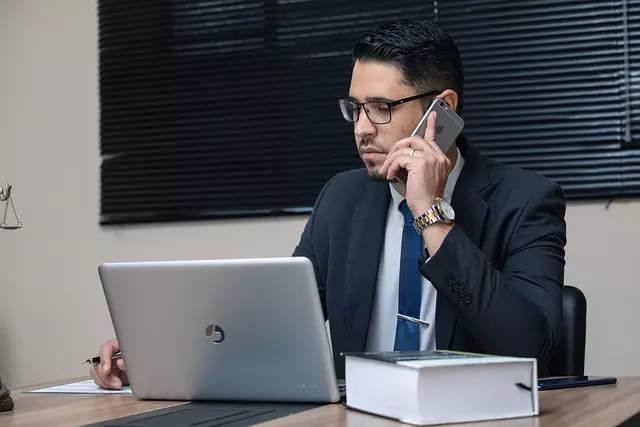
Protect your innovations from the bustling Denver, Colorado scene with our premier IP law services &…….
Denver’s Premier Slip & Fall Lawyers: Get Top Compensation, Save Thousands!
Denver’s Leading Slip & Fall Lawyers: Get Compensation You Deserve!
Denver’s Premier Slip & Fall Attorney: Maximize Compensation for Your Construction Accident
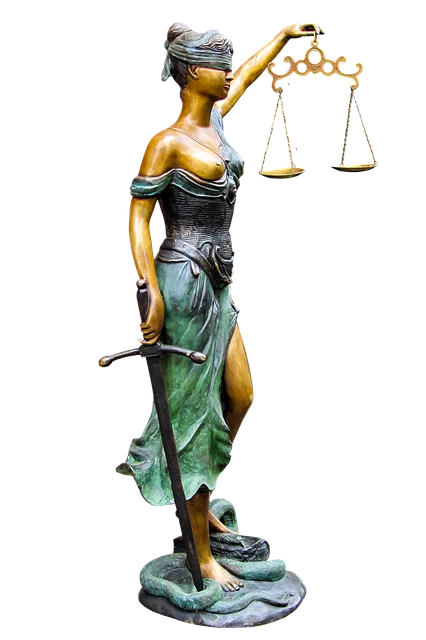
Are you struggling to recover from a slip and fall accident on a construction site in Denver, Colora…….
